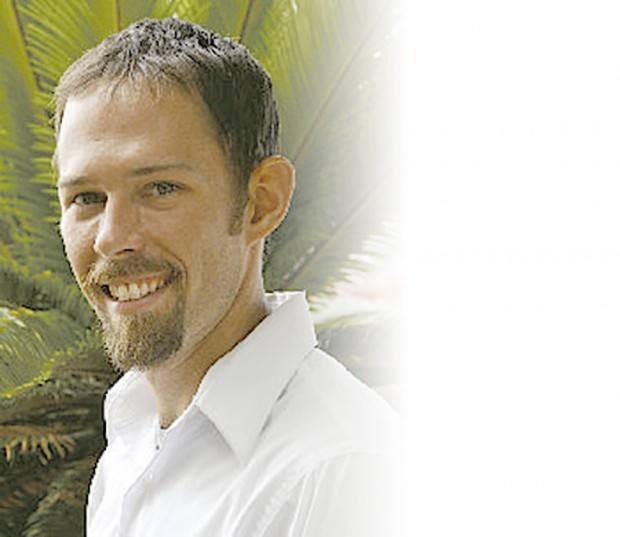The hump of her back broke the surface and with a wave of her tail she bid us adieu, diving down into the depths of the ocean off the South Shore. The group collectively held its breath for minutes at
The hump of her back broke the surface and with a wave of her tail she bid us adieu, diving down into the depths of the ocean off the South Shore.
The group collectively held its breath for minutes at a time, waiting for the next whale to breach. Eyes were peeled, one hand holding a camera and the other gripping the railing around the catamaran.
Then, like watching fireworks on the Fourth of July, oohs and ahhs filled the air as a baby humpback’s spout was spotted.
Nature’s entertainment, and so much more. A compassionate bunch with diverse backgrounds united on a sunny morning last week to respectfully observe one of the largest — and arguably the oldest and wisest — living mammals on the planet.
The outing was a fundraiser for Malama Maha‘ulepu, a nonprofit dedicated to preserving one of the most spectacular undeveloped coastal areas in the Hawaiian Islands.
But as the vessel cruised past this cherished section of land in the Koloa District — complete with its 5-million-year-old stratified lava rock, sea cliffs, sand dunes and sinkholes — the group remained focused on catching glimpses of humpbacks here in Hawaiian waters for a few months to breed before returning to Alaska to feast.
With the crew’s hydrophone playing the whales’ song in real time, those on deck listening to the soulful tune experienced an increase in their bond with the natural world as their eyes scanned the sea in search of the graceful kohola.
These arduous individuals may have temporarily had their backs to the shoreline they are working to conserve, but their hearts remain committed to the mission of educating themselves and others about the need to preserve this irreplaceable resource for future generations.
The threats to Maha‘ulepu are real. Aside from losing geological features that took literally ages to create, at stake are rare plants like the pua pilo, endangered animals like the Hawaiian coot, a host of cultural sites and a litany of recreational resources.
Protecting this South Shore gem is paramount. Education, research and stewardship are key. More hard work will likely ensue before a permanent solution is reached, but it is truly a labor of love.


